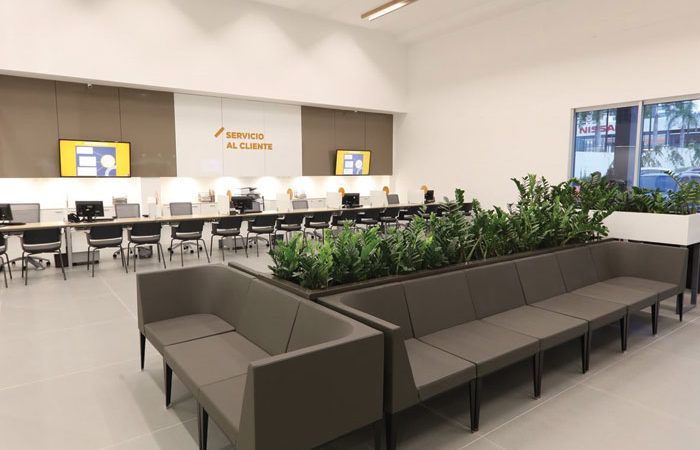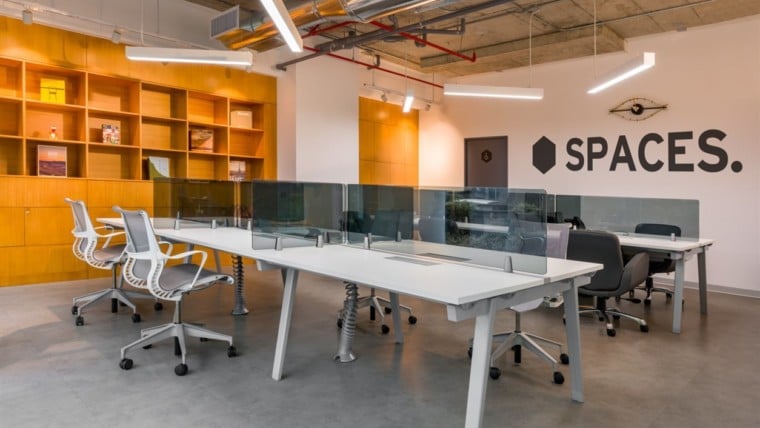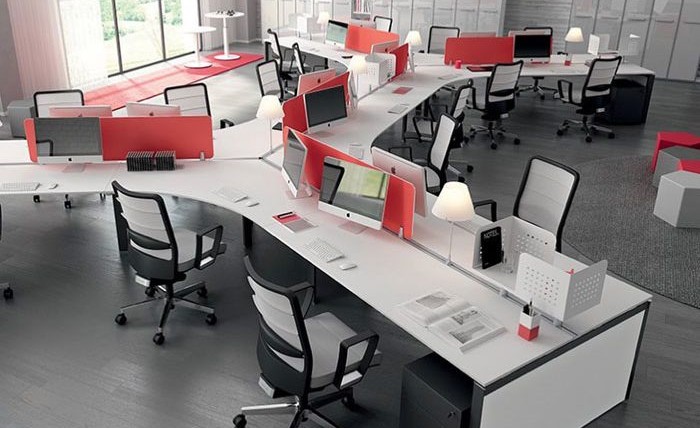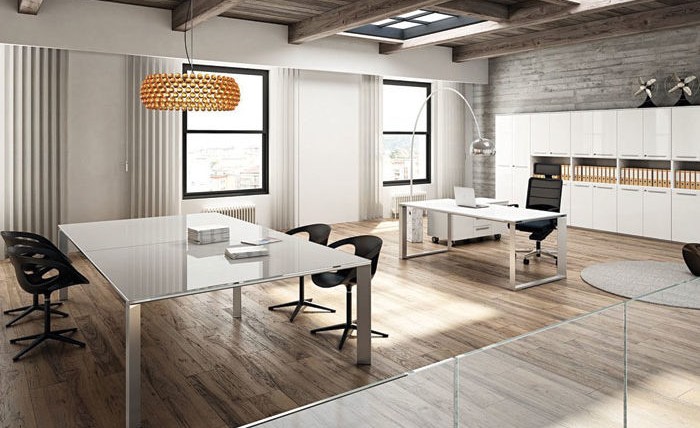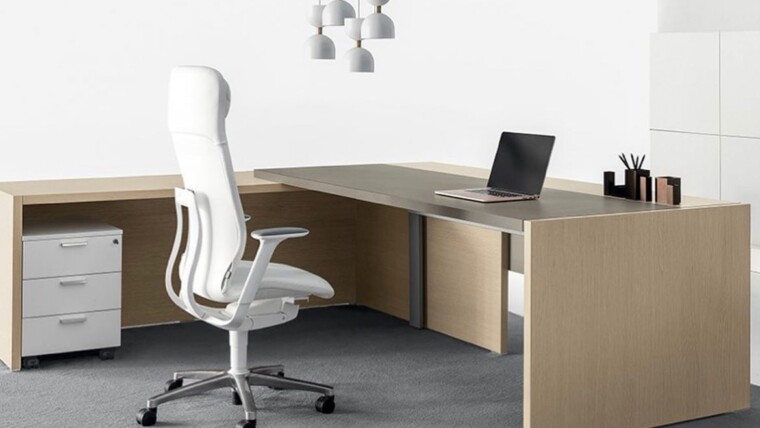Consider this: a company trying to improve their environmental impact and save money reduces its heating and cooling levels. The result? Cranky employees who complain that it’s too hot, too cold, or too stuffy. Are the cost savings worth it?
Green initiatives aren’t just tied to a company’s energy footprint. They also have a direct impact on the employee experience at work. Productivity can plummet in a workspace that’s too hot, too noisy, or too bright. Significant evidence shows that those employee complaints might warrant some type of action. Studies have found that productivity declines by four percent when employees feel cold, and by six percent when they feel too hot.
It’s not enough to just focus on “being green”. When green hampers productivity, the potential negatives quickly outweigh the benefits. Instead, look for a balance between having a sustainable office and providing a comfortable physical environment that enables employees to give their best. The challenge is figuring out which green investments will generate the greatest return on investment in terms of employee productivity.
Finding the Sweet Spot
Research over the past decade has turned up a number of green initiatives that translate into a happier, healthier workforce:
Breathing deeply: Air quality is a powerful invisible factor inside the workplace. Numerous studies have shown that high levels of carbon dioxide and volatile organic compounds (VOCs), which are common in building materials, can make employees feel sluggish and less able to think clearly; or even lead to health issues such as asthma or allergies. One joint university study found that employees’ cognitive performance scores in crucial areas, such as crisis or strategy development, were nearly two times higher for those in well-ventilated offices with below-average levels of indoor pollutants than those in typical environments.
Going green, literally: The concept of biophilia, or people’s affinity for nature, has been around for a while, but momentum is now building around the benefits of greenery inside the workplace. Whether it’s a wall of plants, or simply a potted plant on a desk, having living plants around the office helps improve air quality, reduce stress and enhance creativity.
Seeing the light: With employees spending more time behind computer screens, lighting issues—including flickering light, excessive light, a lack of daylight, and glare—can become a major source of eyestrain and headaches. Improving access to natural light sources can lower electricity bills and create a healthier work environment. Limited access to natural light can throw off your circadian rhythm, affecting sleep patterns that can lead to poor concentration and other health issues. Improving views and lighting inside the office can increase productivity by more than five percent.
Getting smart: A variety of smart building technologies are available to help companies improve energy and cost efficiencies. New HVAC systems can automatically adjust air flow to keep carbon dioxide out of the office. Room sensors can detect the presence of employees, automatically adjusting the temperature or lighting so that energy can be conserved in unused rooms. A joint CoreNet Global and Rocky Mountain Institute study shows that smart buildings can reduce energy savings by as much as 10 to 15 percent, in addition to improving the maintenance staff’s productivity.
While these are powerful data points, how do you know what will have the most impact on your particular workplace?
Using the Right Formula
Companies must begin with a careful assessment of how and where green real estate practices are working for or against employee productivity and wellness, generally categorized under the following 3 buckets:
Energy, water, waste, and use of resources (e.g., server rooms, lighting, heating/cooling, recycling programs)
Space use efficiency and layout (e.g., areas that support team interactions vs. individual tasks)
Employee wellness and productivity (e.g., acoustic and visual comfort, indoor air quality)
Power in Numbers
Although measurements are still imperfect, it’s clear that sustainability efforts are exponentially more powerful when the return on investment is linked to employee productivity. Companies that take a holistic approach to monitoring and measuring the various employee and energy outcomes can make a powerful case to justify the upfront investment of these initiatives.
Source: workdesign.com

